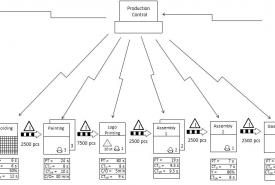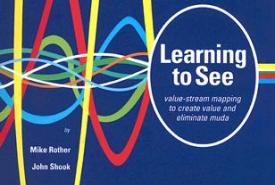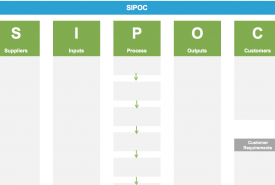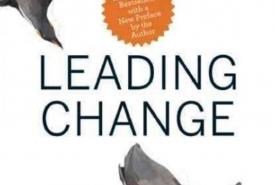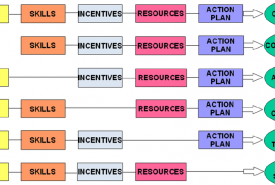What elements influence organizational change? Dr. Mary Lippitt (1987) developed a model for complex change with 5 key elements: Vision, Inscentives, Resources Skills and plan. In this article, Lippitt´s ´Incentives´ is replaced by commitment, because commitment can be seen as the result of good incentives and is mentioned in many books, articles and internet fora as the one factor that influences cultural change the most.
There are multiple books and articles which stress the importance of the five key elements of change, especially on Vision and (management) commitment (Rother (2010), Liker (2004), Suzaki (1993). Three years ago, I thought these elements self-evident, because they were present in the first factory I came to work in. I have learned however, that these elements are not as self-evident as I thought and sometimes even lack in an organization, influencing the Lean implantation in a bad way.

